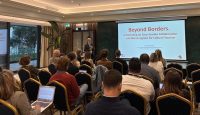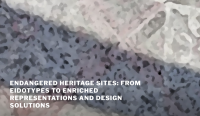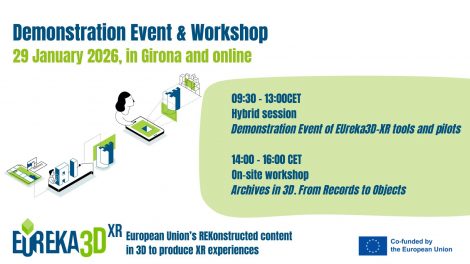Login Status
-
Free text
UPCOMING EVENTS:
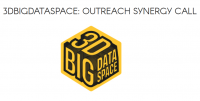 Open call to museums, research insitutions, GLAMs and more to make use of 3D cultural heritage assets and promote digital innovation.
Open call to museums, research insitutions, GLAMs and more to make use of 3D cultural heritage assets and promote digital innovation.The 3DBigDataSpace – Outreach Synergy Call offers a unique opportunity for museums and cultural heritage institutions to develop innovative public applications using 3D technologies. Two selected projects will each receive €10,000 to realise their concepts, along with technical guidance from … Continue reading →
 Design innovative, immersive environments that inspire change.
Design innovative, immersive environments that inspire change.Build with Bits (BwB) is an international online experience, where participants learn how to create virtual environments that generate a positive impact on local issues related to digital culture, education, and this year, we will have a special focus on sustainable … Continue reading →
Author Archives: admin
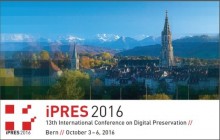
iPRES is the premier international conference on the preservation and long term management of digital materials. The 13th International Conference on Digital Preservation will be held on October 3-6, 2016 in Bern, Switzerland. PREFORMA submitted a proposal for a workshop where to present the last achievements and to demonstrate the use of the conformance checkers developed by the suppliers during the prototyping phase. Continue reading
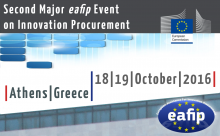
PREFORMA has been invited to deliver a presentation at a major innovation procurement event, co-hosted by the European Commission and the Greek Ministry of Economy, Development and Tourism in Athens on the 18th and 19th October 2016. The event, organised by eafip, the European Assistance for Innovation Procurement initiative, will include presentations on joint cross-border Pre- Commercial Procurement (PCP) and Public Procurement of Innovative Solutions (PPI). Continue reading
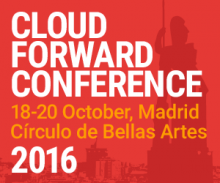
A poster about PREFORMA will be showcased at Cloud Forward 2016 Conference: From Distributed to Complete Computing which will take place in Madrid at the Circulo de Bellas Artes from 18 to 20 October 2016. The conference will provide the scientific community a dedicated setting for presenting and discussing innovative technologies in the area of distributed computing, as well as new technologies beyond CLOUDs. Continue reading
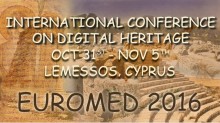
Stefan Rohde-Enslin from the Prussian Cultural Heritage Foundation (SPK) will present PREFORMA at EuroMed 2016 in Cyprus. The presentation will be part of the panel “Reusing Digital Cultural Heritage: Boosting Education, Audience Engagement, Business Creation” organised by the Europeana Space project on 31 October 2016 and involving the most notable EU projects and initiatives dealing with digitised cultural heritage. Continue reading
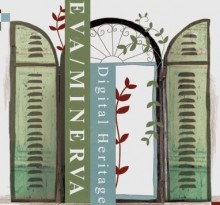
Borje Justrell and Antonella Fresa – Project Coordinator and Technical Coordinator of PREFORMA – have been invited to present the last achievements at the 13th annual international conference for professionals in cultural heritage, which will take place in Jerusalem on 7-8 November 2016. The event focuses on the preservation and dissemination of cultural heritage through education and training in advanced information and communication technologies. Continue reading

PREFORMA submitted a poster to the AMIA 2016 conference entitled “PREFORMA and MediaConch: Open Source Tools for Long-term Preservation”. The poster aims to give an overview of the three tools that were created to check whether the PDF, TIFF or FFV1/MKV files adhere to their standard specification, with a main focus on the development of the MediaConch tool and CELLAR standardization activity. Continue reading
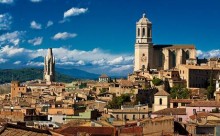
The 14th edition of the Image and Research Conference, organized by the Centre for Image Research and Diffusion (CRDI) of the Girona City Council with the collaboration of the Association of Archivists of Catalonia, will be held in Girona on 17-18 November 2016. The day before the Conference, on 16 November 2016, a workshop will be organised by the PREFORMA project. Continue reading
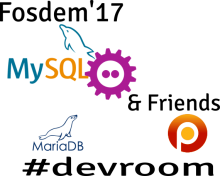
FOSDEM is a two-day event organised by volunteers to promote the widespread use of free and open source software. Every year, thousands of developers of free and open source software from all over the world gather at the event. Taking place in the beautiful city of Brussels (Belgium), FOSDEM is widely recognised as the best such conference in Europe. FOSDEM 2017 will take place at ULB Campus Solbosch on Saturday 4 and Sunday 5 February 2017. Continue reading
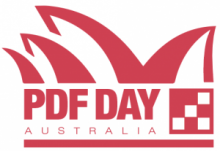
The PDF Association will feature veraPDF at their next event in Australia. This event, which will be held in Sydney’s central business district, brings policy makers, ISO committee members and electronic document and accessibility professionals together to discuss the significance of ISO standards for PDF as well as the technology and solutions available to business users of PDF documents. Continue reading
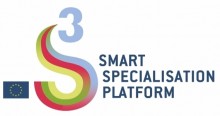
The PREFORMA project has been invited by the Smart Specialisation Platform of the European Commission to participate as an expert in their next S3 event on Smart Specialisation and Cultural Heritage that will be held in Rome on 25 November 2016. The workshop will be devoted to innovation in the field of Cultural Heritage and the main objective is to present effective ways to manage pre-commercial public procurement in this field. Continue reading


























